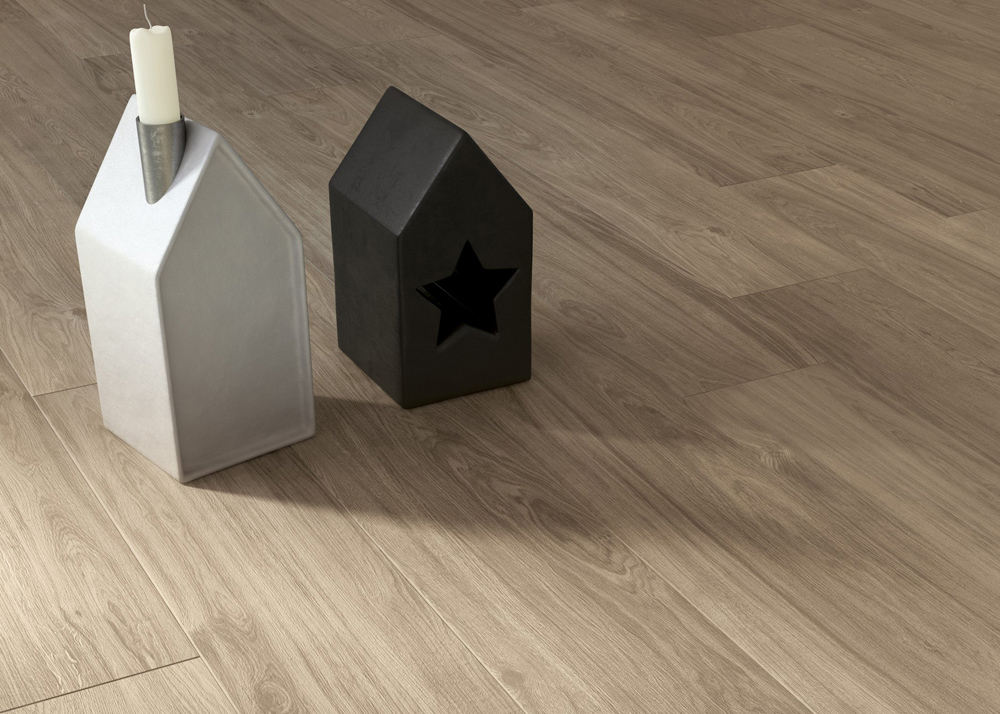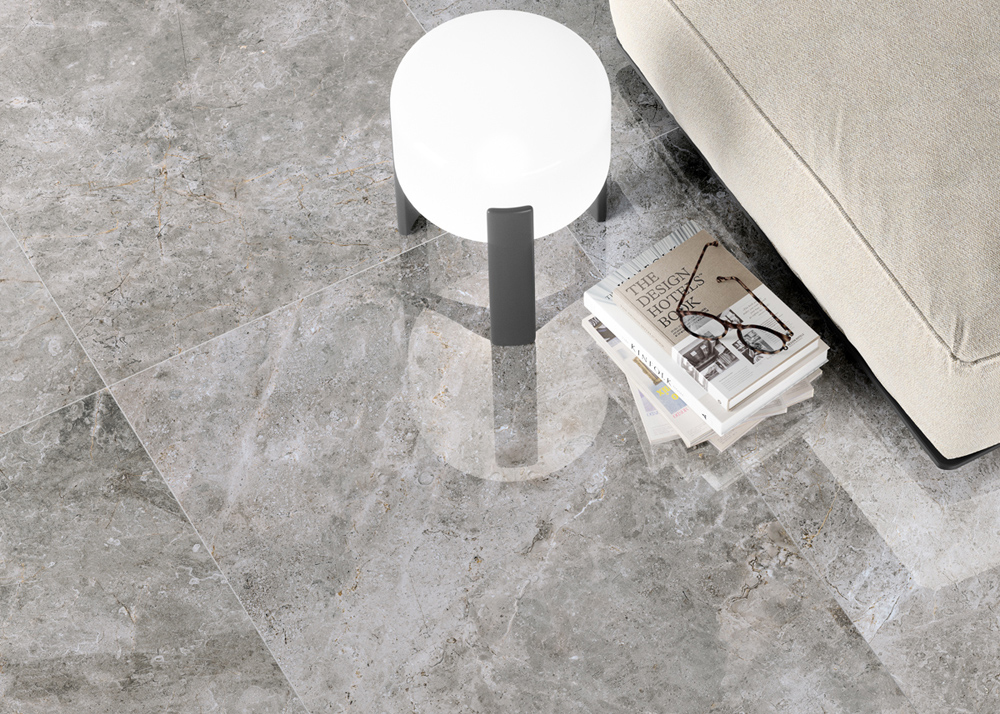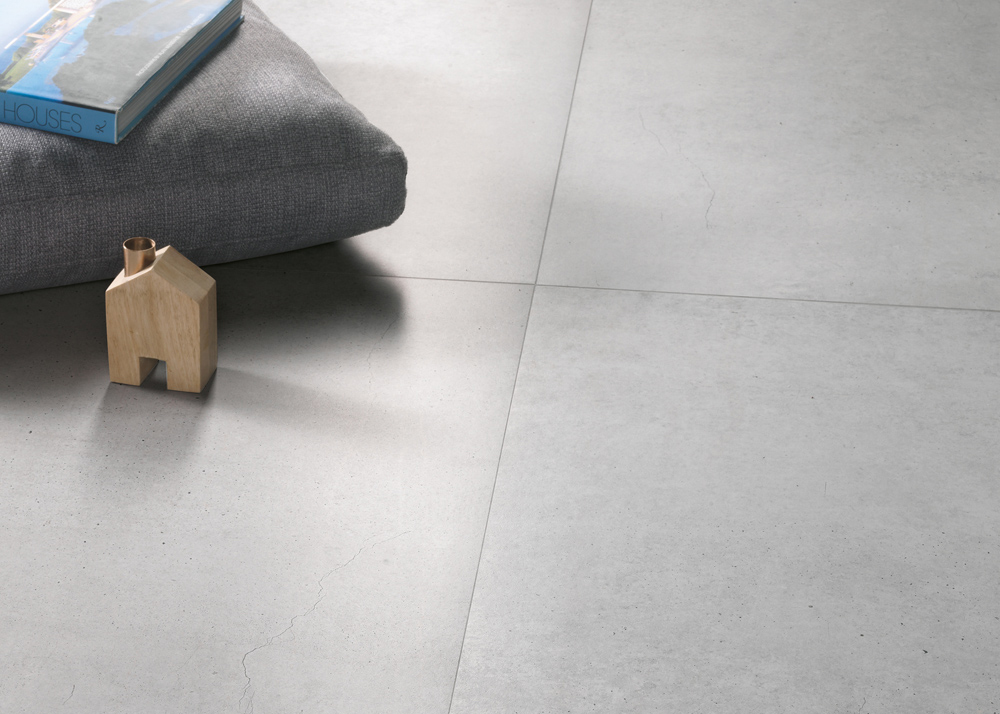Giampiero Bosoni
Graduated in Architecture in 1989 at the Milan Polytechnic. Architect, design historian, full professor of Interior Architecture at Milan Polytechnic and member of the Doctoral Council of Interior Architecture and the Doctoral Council of Design.
He has worked with Figini and Pollini, Vittorio Gregotti and Enzo Mari, with whom he developed an interest in the theory and history of design in the field of architecture and industrial design.Together with Vittorio Gregotti he edited the book (section 1945-1980) Il Disegno del prodotto industriale, Italia 1860-1980. (Edizione Electa, 1981). From 1982 to 1994 he was editor of the magazine Rassegna – Problemi di architettura dell’ambiente (directed by Vittorio Gregotti), for which he also edited three monographic issues on the subjects: Materials of Design, Furniture Design in France 1919-1939, and Patent and Design. From 1989 to 1994 he was director from its founding of the magazine Progex-Design & Architetture espositive, a magazine on architecture for museums and exhibitions published every four months. In 1996 he established the permanent collection of the Design Museum of the Triennale di Milano, following the conception and curating of the exhibition “Museum of Design”, which was open to the public for 16 months. In 2008 he was invited by the Museum of Modern Art (MoMA) in New York to edit the book presenting the Italian section of the Museum Collection, part of a series focusing on the various national sections. In 2009 he curated the exhibition “Made in Cassina” (Triennale di Milano) and its monograph book/catalogue, published by Skira. In 2011 the French fashion house Hermès commissioned him to study the long relationship between the company’s business and leading figures of modern design (Le Corbusier, Jean Michel Frank, Coco Chanel, Ettore Bugatti and others). In the same period he was invited to participate in the jury for the 2011 Emile Hermès Design award. In 2012, two of his books, Made in Cassina and Design e interni di Franco Albini, were considered for the Compasso D’oro. He has held numerous conferences at universities and other cultural and educational institutes in Italy (Turin, Genoa, Mantua, Venice, Ferrara, Florence, Rome, Bari, Palermo) and abroad (Barcelona, Berlin, Paris, Lugano, Zagreb, Shanghai, Seoul, Montreal, Beijing, Tokyo).
Milco Carboni
Architect, graduated from the Faculty of Architecture in Florence in 1989. He started designing in 1987 in the study of Professor Gianni Pettena, with whom he was at the same time assistant to the chair of History of Contemporary Architecture at the Faculty of Architecture in Florence, until 1989. In 1990 he moved to Milan to work with the architect and designer Ettore Sottsass in the Sottsass Associati design studio, an experience that lasted for almost 20 years of close professional relationship until 2007, the year the great architect passed away. Since 2008 he has been mainly engaged in education and research activities. With Sottsass Associati he carried out architectural, urban and interior design projects in various parts of the world, and participated in international design competitions with award-winning and well-known projects covered in the international press. Sottsass Associati’s work has been included in various personal exhibitions held in important national and international museums, including Centre Georges Pompidou in Paris, Centre d’Art Santa Monica in Barcelona, Suntory Museum in Osaka, Living Design Centre of Tokyo, the Museum of Modern Art in Yokohama, the Museum für Angewandte Kunst in Cologne, the Deichtorhallen in Hamburg, the Biennale di Venezia, the Triennale di Milano, the MART in Rovereto, the MADRE in Naples, the Luigi Pecci Centre for Contemporary Art in Prato. He was curator and designer of these events. He is the author of design and architecture publications available worldwide for the publishing houses Skira – Milan, Electa – Milan, Rizzoli – Milan, Corraini – Mantua, Neri Pozza – Vicenza, Aragno – Turin, Universe – New York, Kajima – Tokyo , Centre George Pompidou – Paris, Seuil – Paris, HYX – Orléans, Edizioni di Comunità – Rome. • From 1998 to 2007 he was visiting professor of Interior and Exhibit Design at the ENSCI-Les Atelier (École National Supérieure de Création Industrielle) in Paris, where he followed design laboratories. In 2008 he became a professor of Design and Design Methodology at the Fine Arts Academy in Sassari, and of Interior Architecture at NABA (New Academy of Fine Arts in Milan), where since 2010 he has headed the Interior Architecture Thesis Laboratory of the School of Design.
Luca Gibello
Graduated in Architecture at Turin Polytechnic (1996), where he also earned a doctorate in History of Architecture and Urban Planning (2001). He taught History of Contemporary Architecture and History of Criticism and Architectural Literature at Turin Polytechnic and the University of Trento. He was one of the founders of Il Giornale dell’Architettura in 2002, in 2004 he became editor-in-chief and in 2015 director. He is a freelance journalist, author of critical and historical essays and acted as scientific-editorial coordinator of the Dictionary of 20th Century Architecture (Istituto dell’Enciclopedia Italiana, 2003). He wrote the volumes: Francesco Dolza. L’architetto e l’impresa (with Paolo Mauro Sudano, 2002); Annibale Fiocchi architetto (with Paolo Mauro Sudano, 2007). He edited the volumes: Stop&Go. Il riuso delle aree industriali dismesse in Italia. Trenta casi studio (with Andrea Bondonio, Guido Callegari and Cristina Franco, 2005); 1970-2000. Episodi e temi di storia dell’architettura contemporanea (with Francesca B. Filippi and Manfredo di Robilant; 2006); Il Cineporto della Film Commission Torino Piemonte. Un’opera di Baietto Battiato Bianco (2009). With the book Cantieri d’alta quota. Breve storia della costruzione dei rifugi sulle Alpi (2011, translated in French and German), he combined his interest in the history of architecture with his personal long-time passion for hiking and classic mountaineering (he has climbed 64 of 82 peaks in the Alps over 4,000 meters high). Later he published Rifugiarsi tra le vette. Capanne e bivacchi in Valle d’Aosta dai pionieri dell’alpinismo a oggi (with Roberto Dini and Stefano Girodo, 2016) and Progettare al limite. I rifugi alpini di G Studio (2017). In 2012 he founded the Cantieri d’alta quota (high-altitude construction sites) association, of which he is president.
Emanuele Piccardo
Architect, graduated from the Faculty of Architecture in Genoa in 2000, he is an architecture critic, photographer and director. In 2002 he founded the scientific digital magazine archphoto.it and in 2003 the cultural association plug_in that since 2007 has published books on architecture and photography. In 2011 he founded archphoto2.0, the paper version of archphoto.it, part of the Archizines project edited by Elias Redstone and included in the library at the Victoria and Albert Museum in London. Has has worked as a photographer since 1996. His work focuses on ordinary anonymous Italian and American landscapes. Since 2014 he has focused on the American West through architectural and photographic research that is still ongoing. His photographs are included in the collection at MAXXI and the Bibliothèque Nationale de France. As a curator he has organised several exhibitions of architecture, photography and contemporary art, for 10 years (2005-2015) he studied Italian radical architecture through exhibitions, conferences and books. In 2013 he won the Graham Foundation grant for Advanced Fine Arts for the “Beyond Environment” research project; in 2015 he won the Autry Scholar Fellowship for “Living the Frontier”. As a film director, in 2009 he won the International Asolo Art Film Festival with the documentary Lettera22; in 2016 his short film L’architetto di Urbino on Giancarlo De Carlo, selected by the most important international film festivals (AFFR Rotterdam, Milano Design Film Festival, Conversazioni Video, Festival Internationale de Cine Y Arquitectura), won the Appia Nuova Special Award at the Conversazioni Video-Art Doc Festival in Rome. He has held conferences at Milan Polytechnic, SCI-Arc/Los Angeles, Pratt Institute/New York, Princeton School of Architecture, Turin Polytechnic, IUAV. He is a member of the editorial board of Il giornale dell’Architettura and a board member of DOCOMOMO Italia.
Francesca Zanella
Researcher of Contemporary Art History, he teaches History and Theory of Exhibitions and Staging at the Department of Humanities, Social Sciences and Cultural Industries of the University of Parma. Since 2014 he has been part of the CSAC Council, acting as its chair since June 2015. The main lines of his research are some of the moments of the debate on design in Italy and of artistic research between the 19th and 20th centuries. Recently he has focused on the History of Exhibitions and Staging (Dal Progetto al consumo – 2011 – with Vanja Strukelj and Esporsi – 2012). Another area is the relationship between Architecture / Design / Media, a research project that began with the exhibition Architettura e pubblicità (2005) and continued with Torre Agbar, progetto comunicazione e consenso (2006). Città e luce, fenomenologia del paesaggio illuminato (2008). Finally, Archives of the contemporary, with a particular focus on research into the sources of contemporary arts from the cataloguing and management of project archives and digital images and the subject of Open Access (Numero in digitale project, Dspace, University of Parma and MoRE project, Dspace and Omeka, University of Parma).
Refin Studio
Since 2009, it has been the information and training space for ceramics in Milan. Established as a multipurpose space for architects and designers, it promotes the debate, relationship and culture of design and the evolution of technical and aesthetic research on materials. Refin Studio is located in the heart of Brera, in a prestigious area of historical and artistic importance, renovated in the early 90s by Studio Sottsass Associati and reinterpreted today through a project that maintains the original iconic design elements by allowing them to dialogue with Refin ceramic surfaces.
Ceramiche Refin was founded in 1962 and over the years has become a point of reference for the Italian and international ceramics market. Part of the Concorde Group since 1998, Refin’s mission within the ceramic tile market for the design of light commercial and advanced residential spaces is to develop high quality technology, image and Italian design solutions through company management that respects the values of ethics and environmental protection.
CSAC
CSAC (Study Centre and Communication Archive) is a research centre at the University of Parma founded by Professor Arturo Carlo Quintavalle in 1968. From its early years the centre has worked to develop a collection of art, photographs, architectural design, design, fashion and graphics and organising numerous exhibitions and publishing catalogues.
Since 2007 it’s home has been in the Abbey of Valserena, a few kilometres from Parma. It is divided into five sections – Art, Photography, Media, Design, Entertainment – where about 12 million pieces are preserved. Its institutional task is the collection, preservation, cataloguing and promotion of cultural heritage. It also performs scientific research, teaching and research activities and designs and organises exhibitions: it has curated more than 100 exhibitions and just as many publications.
In May 2015 CSAC became a multifunctional space where the museum areas are interconnected with others in the Archives and the Research and Education Centre.


